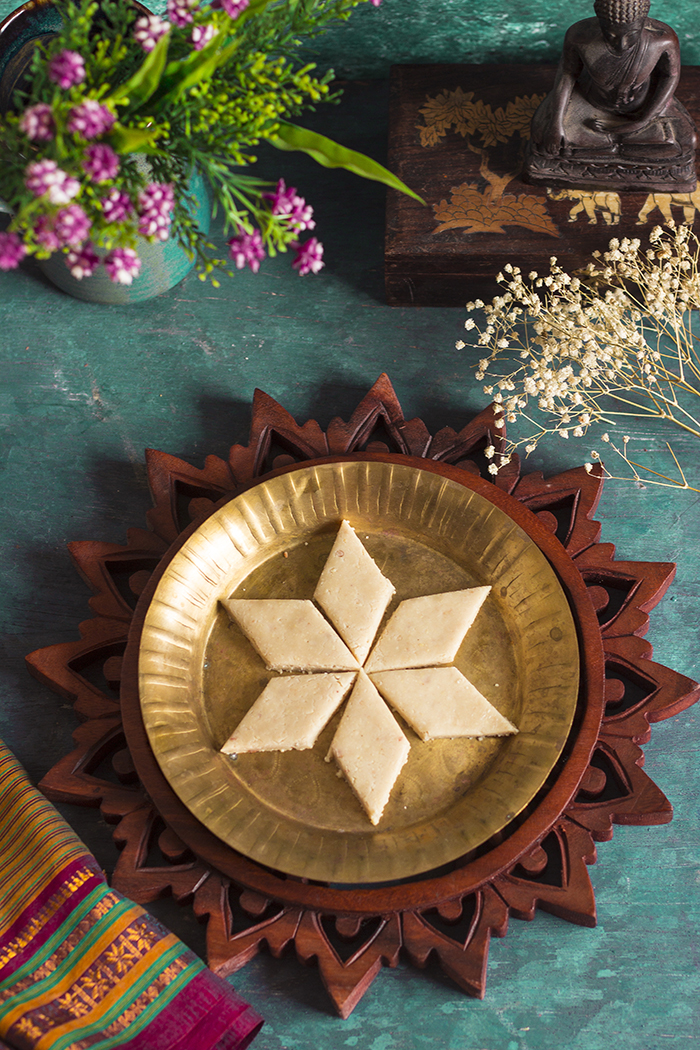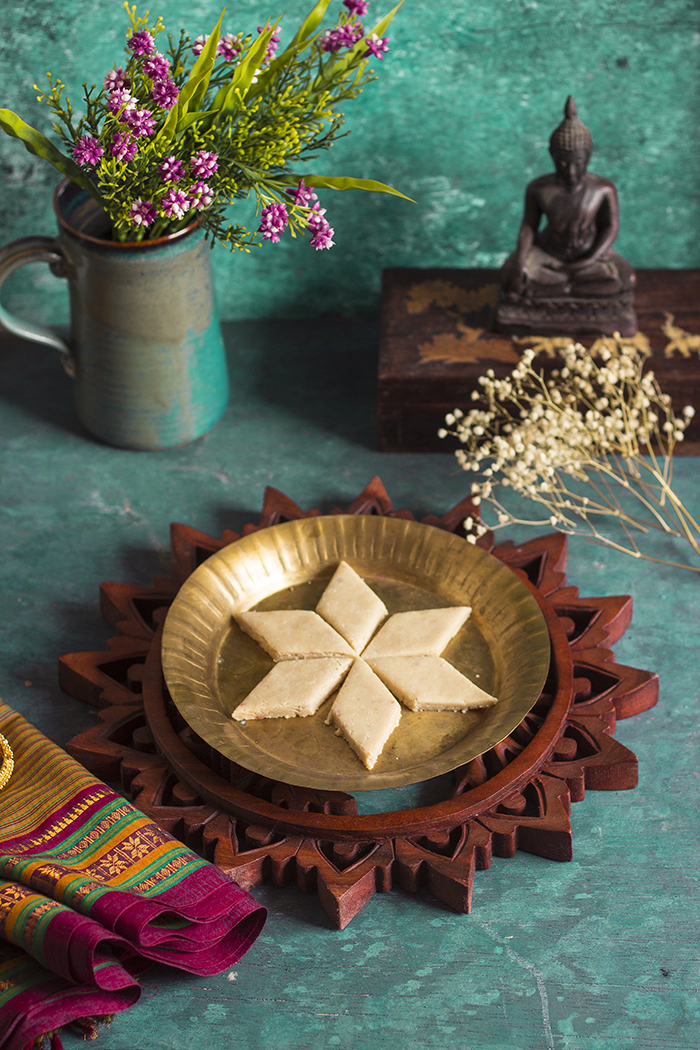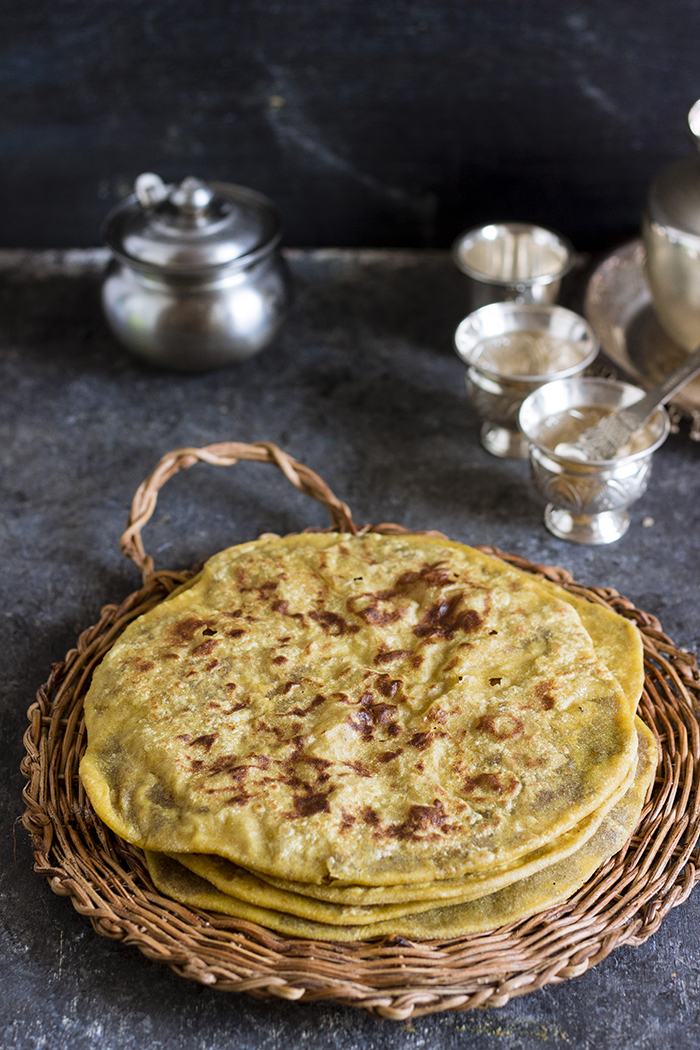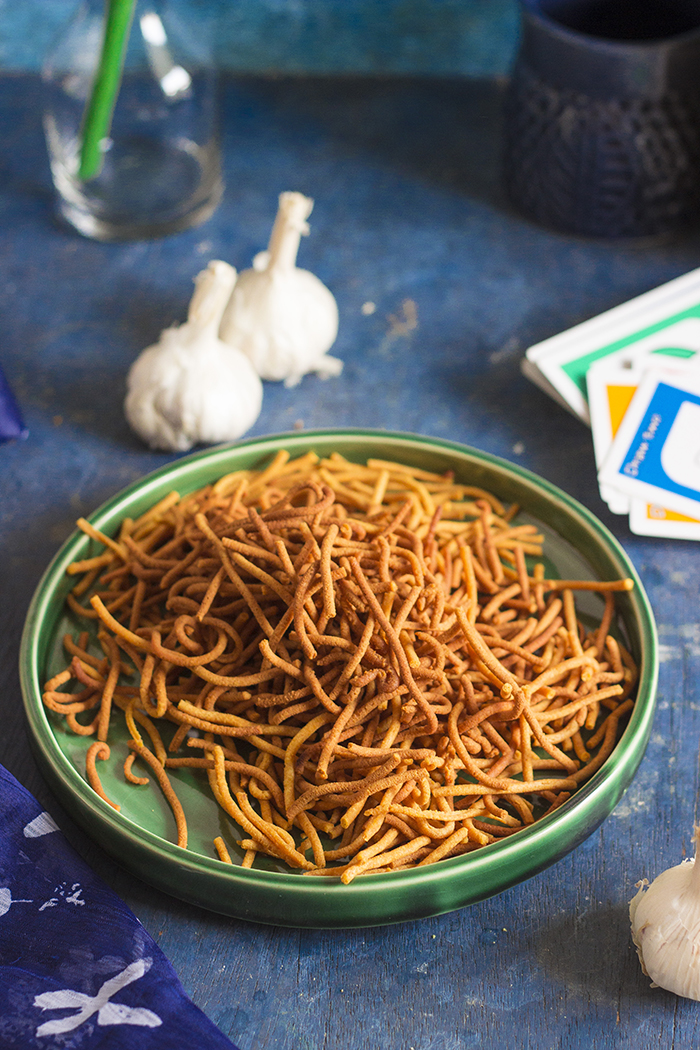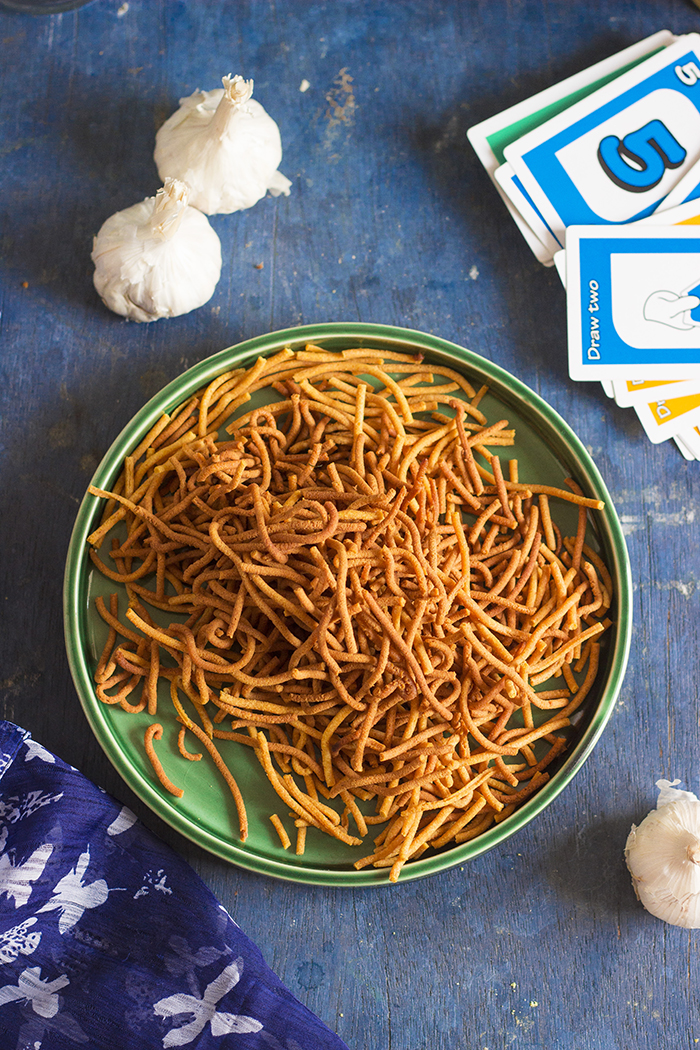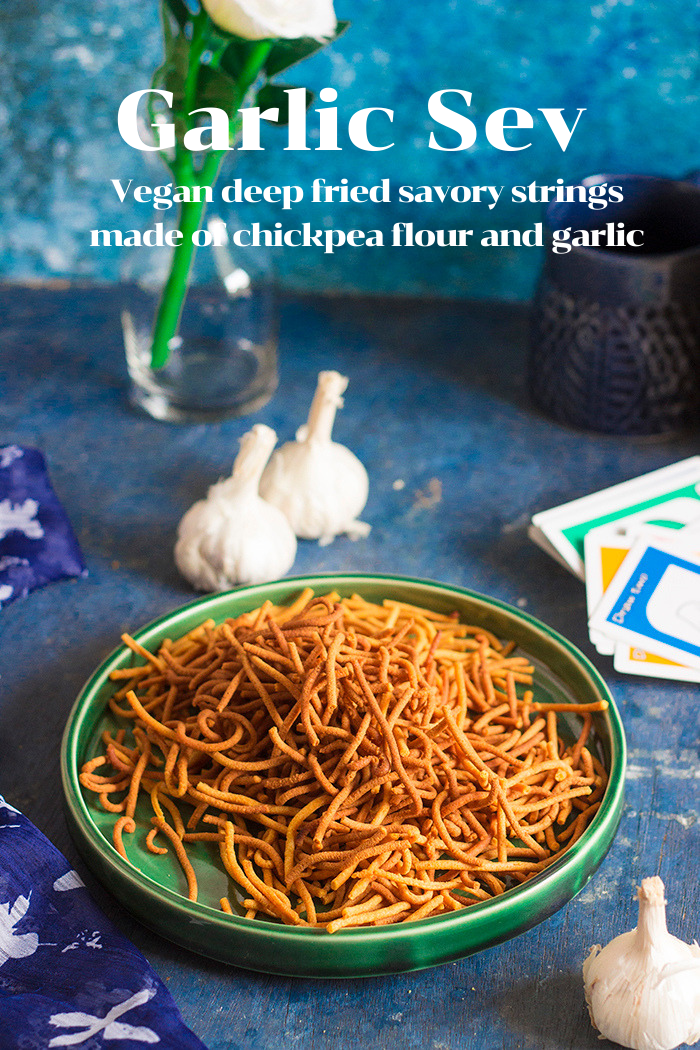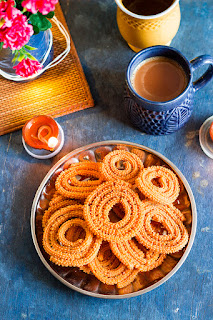Itinerary, tips, what to shop for, where to eat and things to know before you go for a 10 day trip to North East India including the states of Meghalaya, West Bengal and Sikkim.
The North East of India has been blessed with natural beauty - the towering Himalayas, the clear rivers, white waterfalls, varied wildlife, diverse fauna, clear blue skies, fresh hilly air, and clouds. Ever since my first visit in 2009, I had been craving to take Raj there. And finally, we made it this year. And we have some more trips planned based on our current experience.
This travel post (like all my travel posts) is divided into 3 parts so that I can detail out our itinerary, the sights to see, places to eat perhaps, our plans and misses, and how I would replan it for the future.
Our overall itinerary:
Day 1 - Travel from Bangalore to Guwahati by flight. Then drive down to Shillong.
Day 2 - Sohra (Cherrapunji) sightseeing
Day 3 - Mawlyngong and Dawki
Day 4 - Drive back to Guwahati. Fly to Bagdogra. Hire a cab to Darjeeling.
Day 5 - Kalimpong sightseeing
Day 6 - Darjeeling sightseeing
Day 7 - Take a cab to Gangtok.
Day 8 - Nathu La Pass
Day 9 - Gangtok sightseeing
Day 10 - Take a cab to Bagdogra. Fly back to Bangalore.
This post details our travel and stay in Darjeeling. Read all about Meghalaya here.
Darjeeling
The famous hill station of Darjeeling is called the Queen of Hills. Built by the British to house a population of 10,000, it today houses almost 20 times that including the tourists. Located amidst lush green hills and tea plantations, Darjeeling offers one of the best views of the Kanchenjunga mountain range on a clear day.
This was my second visit to the city and Raj's first. The closest airport to Darjeeling is Bagdogra International Airport in West Bengal. We flew in there from Guwahati and hired a prepaid cab to go to the hill station. Thanks to the festive season, the influx of tourists and locals to Darjeeling had gone up manifolds and the usual 3 hour ride took us 6 hours. The road is steep and has several sharp curves. This is one place I would not suggest a self-drive. It is better to rely on the local folks who know the roads and its turns. Weather is extremely unpredictable and can go from clear to foggy within minutes. We witnessed the change in weather and concluded we would not risk driving here.
Our cab driver, Naveen, stopped at a small place called Zimba somewhere near Kurseong and we enjoyed our best momos of the trip at this tiny little place.
Unfortunately for us, we chose the wrong time to visit. Durga Puja is a very big festival in this part of the country and it led to all sorts of problems for us. The festival brought in nearby villagers to the city for last-minute shopping, there were equal number of tourists taking advantage of the holidays like us, the local hotel staff and cab drivers were on vacation due to the festive season. Basically, it led to a high demand less supply situation that played to our disadvantage.
We stayed at the Summit Swiss Heritage Hotel in Darjeeling. The hotel is a part of the Summit chain of hotels and is well maintained with courteous staff. While most of the rooms offer a good view, ours did not. Read my review of the hotel on TripAdvisor.
We reached the hotel late in the evening of Day 4. Other than checking into the hotel and stepping out for dinner, we didn't do much. We did, however, book a cab that was willing to take us to see Kalimpong the next day. We struggled to find cabs due to the high demand, low supply situation that the time of the year put us in. I would suggest contacting the hotel in advance and booking your travel through the hotel. While this may work out slightly expensive, it will definitely save you some last minute stress.
 |
| Darjeeling Clock Tower |
Day 5: Kalimpong
We wanted to start out early, but our cabbie had a different plan. He picked us up from the hotel at 9am. We stopped at a small park with tall trees called Lamahatta to take some pics and felt absolutely insignificant next to the really tall trees. There is also a lake 750m high up in the hill, we skipped visiting it as some of the folks who we met on the way said it wasn't worth the climb.
 |
| Lamahatta |
From there we headed straight to the Lover's Meet viewpoint from where one can see the confluence of two rivers, Teesta and Rangeet. This point is known by various names - Triveni Sangam, Peshoke Viewpoint etc. The two rivers are always of different colors as per the locals, and even after they meet, they tend to carry their individuality for some distance until they finally merge and flow as one river. There are small shops here that sell snacks and tea. We tried the fiery chana chaat and loved it. You will also see the famous Kalimpong lollipops for sale here.
If you decide to go river rafting, then this is where you let your cabbie know. Our cab guy knew one of the organizers and asked him to meet us near the Teesta bridge. From there we were taken to the rafting point. From there we were transferred to a jeep along with the raft and two instructors and went on a bumpy ride to the start of our journey. If you take the raft locally like we did, then you pay the cost of the entire raft immaterial of the number of people in it. It worked out expensive for us. I suggest going for this if you are in a large group and the cost is justified. Try to bargain on the price. Also, the river Rangeet does not really have many rapids, so for most of the journey, it is just calm and feels like regular boating with no thrill. Teesta has rapids and the rafting there is classified into swimmers and non-swimmer areas. You can also go rafting in Teesta from Gangtok. Check out Thrillophilia for good rates if you are in a small group. Keep in mind that this is taking time away from your Kalimpong sightseeing if you combine it on the same say like that. We did that and then regretted doing so.
 |
| Lover's Meet - Confluence of River Teesta and Rangeet |
 |
| Rafting on River Rangeet |
After that, we proceeded to Deolo Park to soak in the view of the hills. Unfortunately, by the time we reached the highest point in Kalimpong, it was already 3PM and the fog was setting in. So we got no view, but we did see the park dirtied with a lot of trash - paper plates, spoons, cups etc, just strewn over the hillside. A very sad sight. Outside the park, we also had our lunch of momos and maggi with some really sweet tea.
We then went to the Science Center. This is a very amateur museum of science. If you live in a big city and have visited similar museums or are already in a field of science, this will not amuse you. We entered it and found that our local Visvesvaraya Museum in Bangalore was far more advanced and hence, immediately walked out. Children may, however, enjoy the Science Center.
From there we went to Hanuman Park which has a tall statue of Lord Hanuman.
Post this we visited Mangal Dham. It is a beautiful temple with a lot of art in it. This was one of the only things I felt one should visit Kalimpong to see. Peaceful and beautiful.
 |
| View from Deolo Park |
 |
| Mangal Dham |
The Pinewood nursery was closed as we visited Kalimpong on a Sunday. Either way, it is something that should be visited on the way to Kalimpong rather than during the return. It had already turned pretty dark by the time we reached the nursery while returning.
I found that our cab driver was not really interested in showing us the sights, he wasn't even aware of much. To avoid a disappointing experience like us, I suggest you check in advance what sights will be included in the sightseeing. The options of half day and full day tours from Kalimpong seem to be a better option, but may work out only if you stay in Kalimpong for the night.
The good thing about our drive back was that the cab guy knew the road like the back of his hand and brought us in quickly. He knew internal roads in Darjeeling and that helped us avoid the traffic jam.
Other sights to see in Kalimpong:
- Pinewood Nursery
- Durpin Dara Hill - Monastery on a hill.
Day 6: Darjeeling
Day 6 was for leisure. We didn't book any local sightseeing. You can reach out to your hotel in advance if you want to book it or to any of the local tour operators. We chose to do neither. We only booked the toy train.
The narrow-gauge train that led to the rise of Darjeeling is known as the Darjeeling Himalayan Railways or more popularly as the Toy Train. The train is used to transport people to and from New Jalpaiguri to Darjeeling. For the benefit of tourists, DHR also organizes joy rides that start at Darjeeling, take you up to Ghoom and get you back. A joy ride lasts about 2 hours including a 10 minute stop at the beautiful Batasia Loop and a 25 minute stop at Ghoom where you can visit the railway museum.
We booked the joy ride through IRCTC online. Book the tickets from DJ to DJRZ for the joy ride. The rates differ based on the type of locomotive being used for the ride. The steam engine rides cost Rs.1500 as of October 2019 and the diesel engine ride costs Rs.1000. When a better coach is used, the cost may increase by Rs.100 (vista coach). The booking counter at the station is open till 5pm if you want to book it in person.
Back in 2009, when I took the same ride, the view from the train was worth seeing, as we saw the valley. Due to a lot of construction along the road, the view is mostly blocked and there are just a few spots where you get an unobstructed view of the valley. Take this ride only for the experience. It is not every day that you get to ride a world heritage site that crisscrosses through the roads and markets.
Account for delays in the train schedule as the day progresses. Preferably book a morning slot. We had one cancellation and one delay.
After that, we visited the Peace Pagoda in Darjeeling. This is something worth visiting. It is calm and sits majestically amidst tall trees. We walked up the hill (extremely tiring), but I am sure you can hire a taxi somewhere in Darjeeling to visit the same.
We then returned to the market to shop for souvenirs and have dinner.
 |
| Batasia Loop |
 |
| Peace Pagoda |
Other sights to see in Darjeeling:
- Tiger Hills - On a clear day, the sunrise from Tiger hills is beautiful. You can see Kanchenjunga all lit up with the first rays of the morning.
- Ghoom Monastery
- Dhirdham Temple - a Nepali style temple.
- Himalayan Mountaineering Institute, Darjeeling Zoo and Bengal Natural History Museum
- Tenzing and Gombu Rock
- Happy Valley Tea Estate
Day 7: Travel to Gangtok
We had our breakfast and started to Gangtok very soon after that. We used GoZo cabs to travel to Gangtok. Book it in advance to get competitive rates. The service was amazing, the cab was clean and on time. We would definitely recommend it.
If we were to replan:
Sadly, if we were to replan, we would remove Darjeeling off our list completely. This is our personal opinion and this is why we would do that:
- Traffic is harrowing. We don't like getting stuck in 2-3 hour long traffic jams on vacations.
- Extremely crowded. The hill station is a popular vacation destination for tourists and this has led to overcrowding in the last few years. This is affecting the ecological balance in the area.
- View is unpredictable - The first time I visited in 2009, the view was spectacular, this time, we never got one due to cloud cover. Most of the things to see in Darjeeling depend on the weather making it extremely unpredictable.
- Too many constructions - Where once upon a time one edge of the road offered mesmerizing views of the mountains and valleys, today, the same is covered with buildings and the only view you can see is from in between them.
- Kalimpong is again over-hyped and there isn't much to take in there as well.
- Cleanliness isn't a thing - You can blame the tourists for this or the locals, but the twin towns lacked cleanliness. We were upset to see paper plates and single serves spilled over the edge of the hills at tourist spots. They have restrooms in tourist places, but most are ill-maintained.
If you are still keen on visiting the hill station, this is how we suggest you plan:
- Day 1 - Keep one day aside to reach Darjeeling. Do not plan anything for this day at all.
- Day 2 - Take the toy train ride.
- Day 3 - Visit the local sites, if interested, on Day 2 or 3, depending on your train schedule.
- Include a trip to Sandakphu and Phalut to soak in the view of Mount Everest, Kanchenjunga, and several other peaks. If you are planning a trek, then keep aside 7 days for it. There are several operators in Darjeeling who can arrange this trek for you, or you can check out sites like Thrillophilia who will arrange it too. If you aren't the trekking sort, you can also hire a Land Rover from Manebhajan. More details here. Add 3 extra days to your trip if you plan a trip using Land Rovers.
- Day 4 - If your next destination is Gangtok, then you can decide to spend one night in Kalimpong. It is on the way from Darjeeling to Gangtok. You can also use this day to do any adventure sports you want. Kalimpong offers river rafting and paragliding.
- Day 5 - Kalimpong sightseeing, assuming you used Day 4 for adventure sports.
- Day 6 - Proceed to Gangtok.
What to buy:
- Warm clothing - Head to Nehru road to buy jackets, shawls, sweaters, woolen caps and mufflers.
- Tea - Darjeeling tea is called the Champagne of teas and is a must buy. Buy it at Nathmulls, Chai Chun or Golden Tips.
- Buddhist souvenirs from the market - you will a lot of Buddha statues, bells, prayer wheel miniatures, flags etc. on Nehru road.
Where to eat:
- Momos on the roadside at Chowrasta or on Nehru road.
- Taste various types of teas at Nathmulls, Golden Tips or Chai Chun. We tried and bought the rose-flavored tea from Chai Chun.
- Desserts at Glenary's. We tried the apple pie and the red velvet cake and both were yummy.
- Vegetarian Thukpa at Lazeez Affaire. Thukpa is a very delicious noodle soup, and it was especially flavorful at Lazeez.
- Thali at Hasty Tasty. We loved the full thali, we also loved their chole batura. The puri aloo looked amazing too.
- Try out pasta, pizza and milkshakes at Ross's Cafe.
- Milkshakes at Keventer's.
Things to know before you go:
- Darjeeling gets overcrowded during festivals like Durga Puja and Diwali as well as when schools have holidays. Preferably avoid these times to visit Darjeeling.
- Weather is unpredictable in the hills, be prepared for cold days and rainy days.
- Roads are narrow and steep, it is better to hire a taxi to reach Darjeeling than attempting to self-drive even if it works out a little more expensive.
- Traffic jams!! Darjeeling has really bad traffic jams in the evenings because that is when all the tourists are returning back to hotels, arriving from the airport as well as local folks leaving for the day. It can take easily 1 hour to negotiate a distance of 2-3Kms.
- Do not trust Google maps if you are driving. It does not list the one-ways correctly, it is better to ask locals for directions.
- Since the town is built on a hill, the roads are steep. So while the distance may seem short, be aware of the terrain if you choose to walk someplace rather than hiring a taxi.
Useful links:
Treasure trove of information on Darjeeling - https://www.darjeeling-tourism.com/
Our favorite website to compare flights - https://www.cleartrip.com/
Our favorite website to book hotel - https://www.agoda.com/

























